
In 1986 Malaysia, as she worries about her parents’ constant fighting, ardent soccer fan Maya, age eleven, trains herself and pulls together a team at her girls’ school, despite soccer being a “boys’ game.”

In 1986 Malaysia, as she worries about her parents’ constant fighting, ardent soccer fan Maya, age eleven, trains herself and pulls together a team at her girls’ school, despite soccer being a “boys’ game.”

Cash and Sheriff Wheaton make for a strange partnership. He pulled her from her mother’s wrecked car when she was three. He’s kept an eye out for her ever since. It’s a tough place to live-northern Minnesota along the Red River. Cash navigated through foster homes, and at thirteen was working farms. She’s tough as nails-five feet two inches, blue jeans, blue jean jacket, smokes Marlboros, drinks Bud Longnecks. Makes her living driving truck. Playing pool on the side. Wheaton is big lawman type. Scandinavian stock, but darker skin than most. He wants her to take hold of her life. Get into Junior College. So there they are, staring at the dead Indian lying in the field. Soon Cash was dreaming the dead man’s cheap house on the Red Lake Reservation, mother and kids waiting. She has that kind of power. That’s the place to start looking. There’s a long and dangerous way to go to find the men who killed him. Plus there’s Jim, the married white guy. And Longbraids, the Indian guy headed for Minneapolis to join the American Indian Movement.
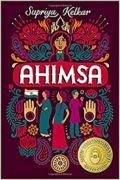
When her mother is jailed for being one of Gandhi’s freedom fighters, ten-year-old Anjali overcomes her own prejudices and continues her mother’s social reform work, befriending Untouchable children and working to integrate her school.

In the village of Huanan, in medieval China, the deity that rules is the Great Huli Jing. Though twelve-year-old Li Jing’s name is a different character entirely from the Huli Jing, the sound is close enough to provide constant teasing-but maybe is also a source of greater destiny and power. Jing’s life isn’t easy. Her father is a poor tea farmer, and her family has come to the conclusion that in order for everyone to survive, Jing must be sacrificed for the common good. She is sold as a bride to the Koh family, where she will be the wife and nursemaid to their three-year-old son, Ju’nan. It’s not fair, and Jing feels this bitterly, especially when she is treated poorly by the Koh’s, and sold yet again into a worse situation that leads Jing to believe her only option is to run away, and find home again. With the help of a spider who weaves Jing a means to escape, and a nightingale who helps her find her way, Jing embarks on a quest back to Huanan–and to herself.
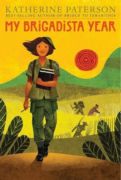
When thirteen-year-old Lora tells her parents that she wants to join Premier Castro’s army of young literacy teachers, her mother screeches to high heaven, and her father roars like a lion. Nora has barely been outside of Havana — why would she throw away her life in a remote shack with no electricity, sleeping on a hammock in somebody’s kitchen? But Nora is stubborn: didn’t her parents teach her to share what she has with someone in need? Surprisingly, Nora’s abuela takes her side, even as she makes Nora promise to come home if things get too hard. But how will Nora know for sure when that time has come?
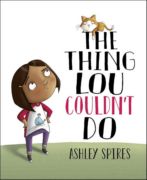
Lou and her friends are BRAVE adventurers. They run FASTER than airplanes. They build MIGHTY fortresses. They rescue WILD animals. But one day, when they’re looking for a ship to play pirates in, Lou’s friend has an idea: Up there! The tree can be our ship! Ummm …says Lou.
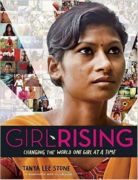
Girl Rising, a global campaign for girls’ education, created a film that chronicled the stories of nine girls in the developing world, allowing viewers the opportunity to witness how education can break the cycle of poverty.
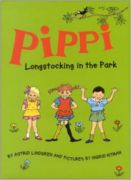
The tiny town where Pippi Longstocking lives is really peaceful. But it’s different in the big city. The city park is teeming with bad guys, and the police seem powerless to stop them. So Pippi decides to move to the park with her friends, Tommy and Annika, her monkey, and her horse — and Villa Villekulla. Pippi simply brings the boards and rebuilds the house in an afternoon. The very first evening, as the three friends gaze happily out at the city’s twinkling lights, the bad guys show up to begin their usual fun. They pull men’s mustaches and grab women’s purses. But that’s only until they come face-to-face with Pippi, the world’s strongest girl!
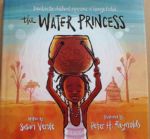
“The story of one young girl’s quest to bring clean drinking water to her African village.”
Featured in WOW Review Volume XIV, Issue 2.
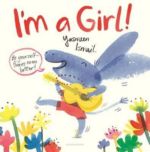
Meet a little girl who’s spontaneous, fast, and strong and loves winning. Sometimes she’s mistaken for a boy, but she definitely isn’t one! When she meets a boy who likes wearing princess dresses and playing dolls, they quickly discover shared interests and a wonderful friendship.